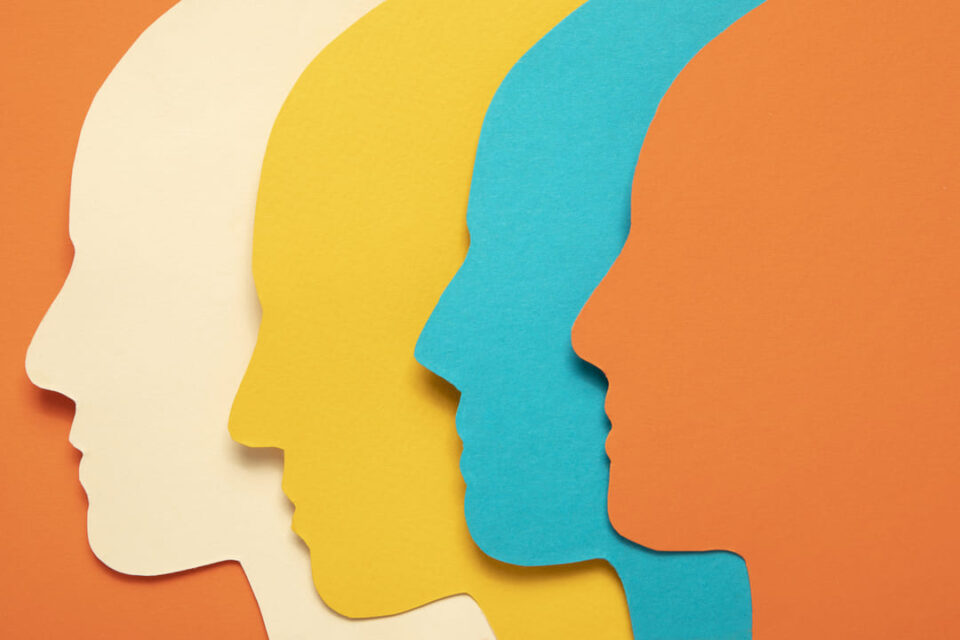Shalini recently repainted her living room from a stark white to a warm, inviting shade of peach. Almost immediately, she noticed a shift in the atmosphere. The room felt cozier and more welcoming, lifting her mood and easing the stress she carried home from work each day. Shalini’s experience is a perfect example of the powerful yet often overlooked impact that the colors around us have on our emotions and state of mind.
Colors are not just a visual experience – they evoke distinct emotional responses and can profoundly influence our psychology. The field of color psychology explores these connections between shades and sentiments.
Modern research has shed light on how different hues affect us.
- Red is stimulating and energizing, increasing heart rate and evoking passion or anger
- Orange promotes socializing, enthusiasm, and creativity
- Yellow uplifts mood and promotes optimism, but can cause anxiety in large doses
- Green is soothing, symbolizing nature, balance, and harmony
- Blue is calming and promotes feelings of security and trust
- Purple is associated with luxury, spirituality, and mystery
- Pink is nurturing and reassuring, evoking compassion
- Brown is stabilizing and reliable, providing comfort
- Black symbolizes elegance, power, and mystery, but can feel heavy
- White feels pure, fresh, and virtuous, but can seem cold and isolating
In Ayurvedic philosophy, colors are intricately linked to the three doshas that define physical and mental constitutions.
- Vata (air/ether) is balanced by warmer colors like red and orange
- Pitta (fire/water) is soothed by cooling tones like blue and green
- Kapha (water/earth) is stimulated by energetic, brighter colors like yellow
Thoughtful use of color can transform a space and profoundly impact the psyche of those within it. Interior designers and therapists alike utilize color to create environments that heal, inspire, soothe, or invigorate.
The colors we surround ourselves with are powerful psychological primers. We can consciously curate the shades in our homes and workspaces to evoke the emotions and states of mind we desire to cultivate. Color is a tool we can employ mindfully to shape our inner world and enhance our well-being. The hues we choose are silently yet significantly shaping our lived experience.
The wisdom of color psychology, both ancient and modern, empowers us to paint not just our walls, but our very lives, in shades that uplift and enrich us. That is the lesson and opportunity that color provides.

